In June of 2023, I took my little jet—the SubSonex we call Loki—over to an airport open house in Carson City, Nevada. That’s just about 8 miles from my home base as the crow flies and for reasons I’ll mention later, I don’t like to do flights of less than half an hour, so I fired up and launched to altitude to enjoy a little light aerobatics and some cool smooth air before recovering to KCXP and parking on the show line. It was a nice morning, with a small but steady flow of spectators wandering the ramp. I was pleased at just how many had to stop and look at the tiny airplane with the jet engine on the back.
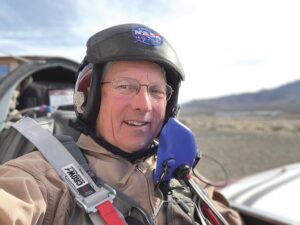
Four years after we first flew, it’s still a crowd-stopper—even though spectators often assume that it is a BD-5J! I have to explain that, no, it is a much more modern design, larger in most respects, and it actually has wing area, making for a more reasonable stall speed and safer arrivals should those arrivals be unscheduled, unpowered and off-airport. But the diminutive size of the aircraft seems to resonate with folks less-informed about aviation, calling it “cute” and asking all the usual questions like “How do you fit?” and “How far can you go?” and, of course, “How fast does it fly?”
Some answers: The cockpit is comfortable, I can fly about 250 nautical miles (like regular miles, but more filling…) and cruise at 180 knots. Oh, it’ll go 200 in level flight if you want to burn the gas. Point the nose down and it quickly reaches the 230-knot redline. For pilots, I give them the straight dope. “Draw a 200-mile circle around your home base, then put a pin in every airport with a restaurant or an EAA chapter with a pancake breakfast. And on any given Saturday, you’re the guy who shows up in a jet.”
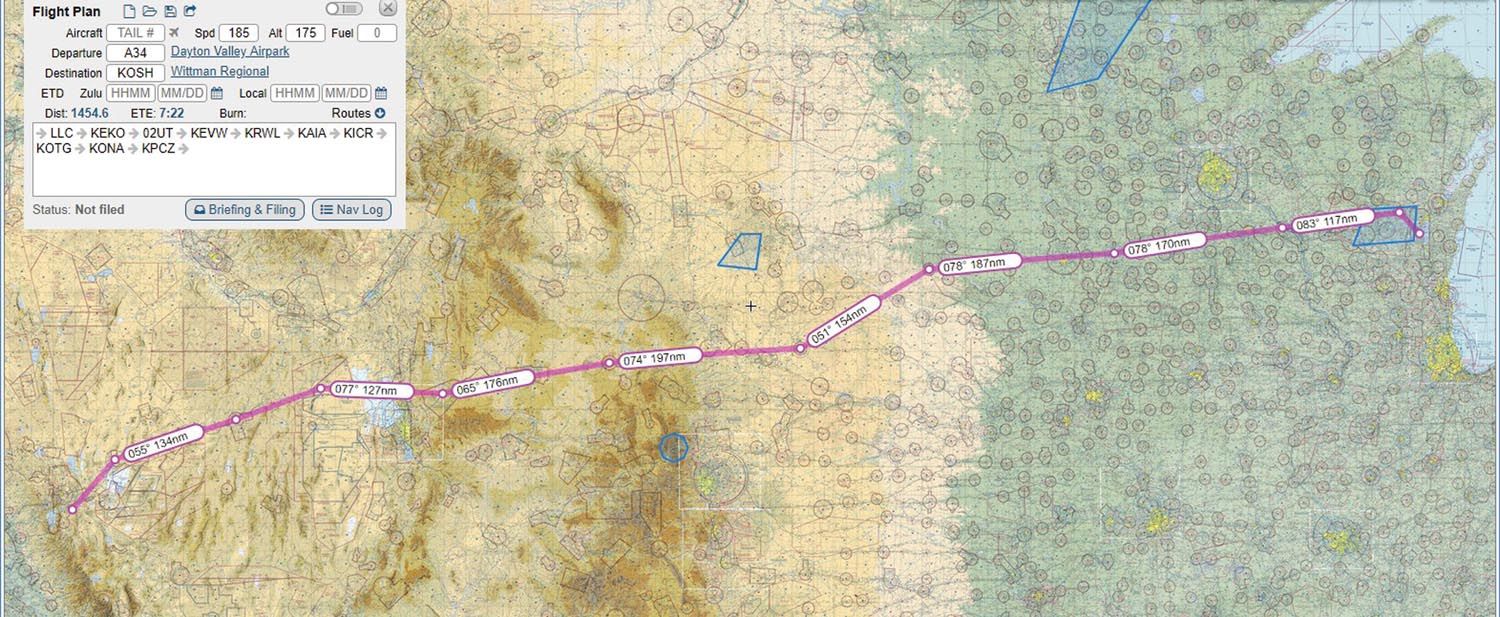
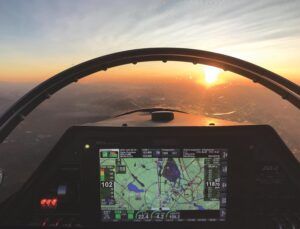
The First Summer
I’ve put just shy of 200 hours on the airplane since it was new in April 2019, but that doesn’t mean I’ve flown it 50 hours a year. As to be expected, the first 40 hours went quickly—a new, fun machine that had to be taken through a flight-test program gets to stay at the front of the hangar and fly several times a week. The airplane was signed out of Phase I in about two months and then began the planning for its trip to AirVenture—an exercise more in planning than execution. The trip itself was just a series of takeoffs, climbs, short cruise legs, descents and landing for fuel. Lather, rinse, repeat—nine legs and eight fuel stops was the total both ways.
The planning was interesting and time-consuming. With limited endurance—2 hours until the single 40-gallon tank runs dry—comes limited range, roughly 250 nautical miles with a reasonable reserve. It took some careful map perusal and quite a few phone calls to come up with a reasonable plan with alternates and bailouts. Why the phone calls? Just because an airport in the middle of Wyoming says that they have Jet A doesn’t mean that they have it that day or that the pump is working or that the credit card reader isn’t belly-up. Once you land at the end of a 250-mile leg, you’re not going anywhere if you can’t add fuel.
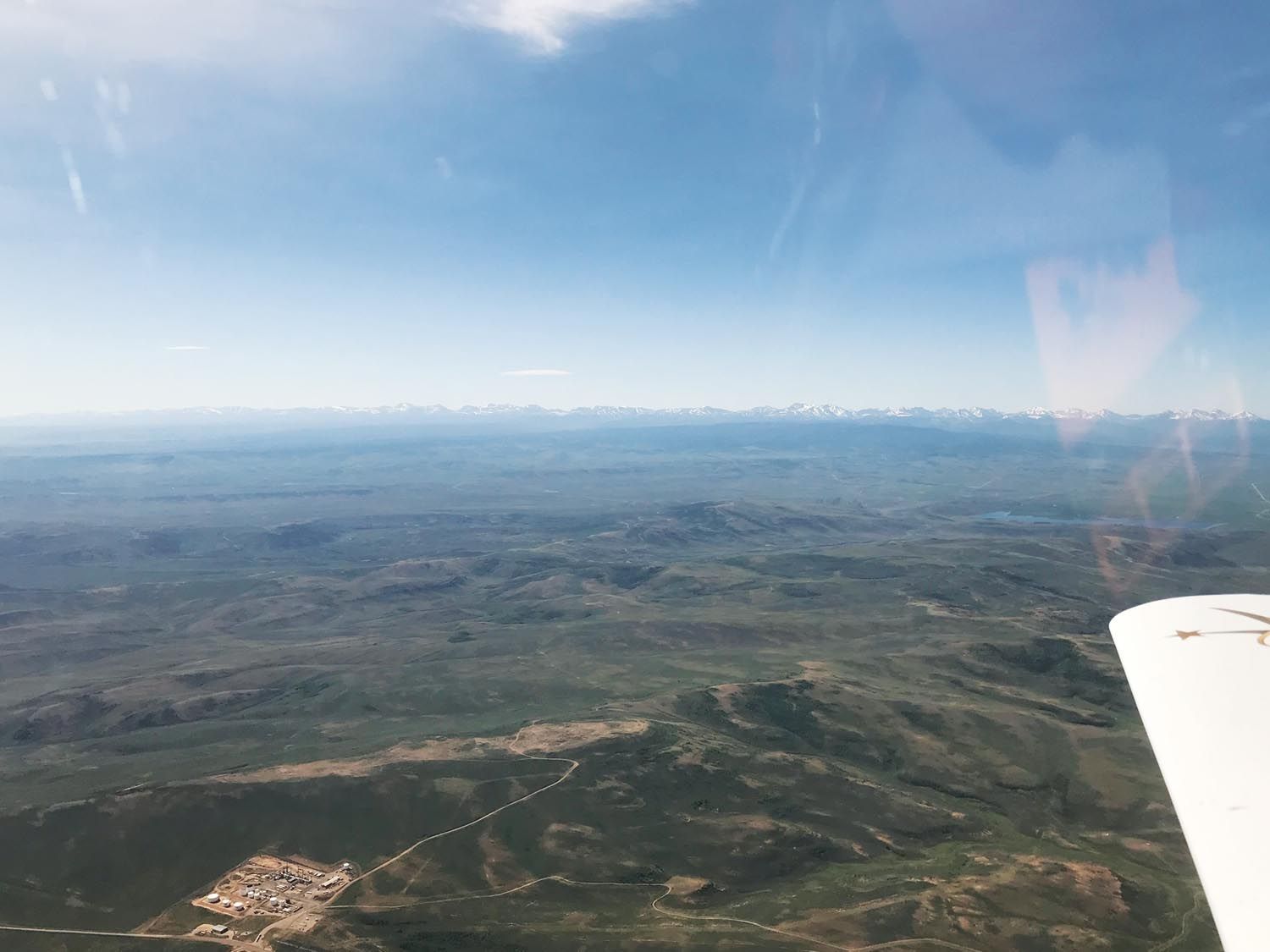
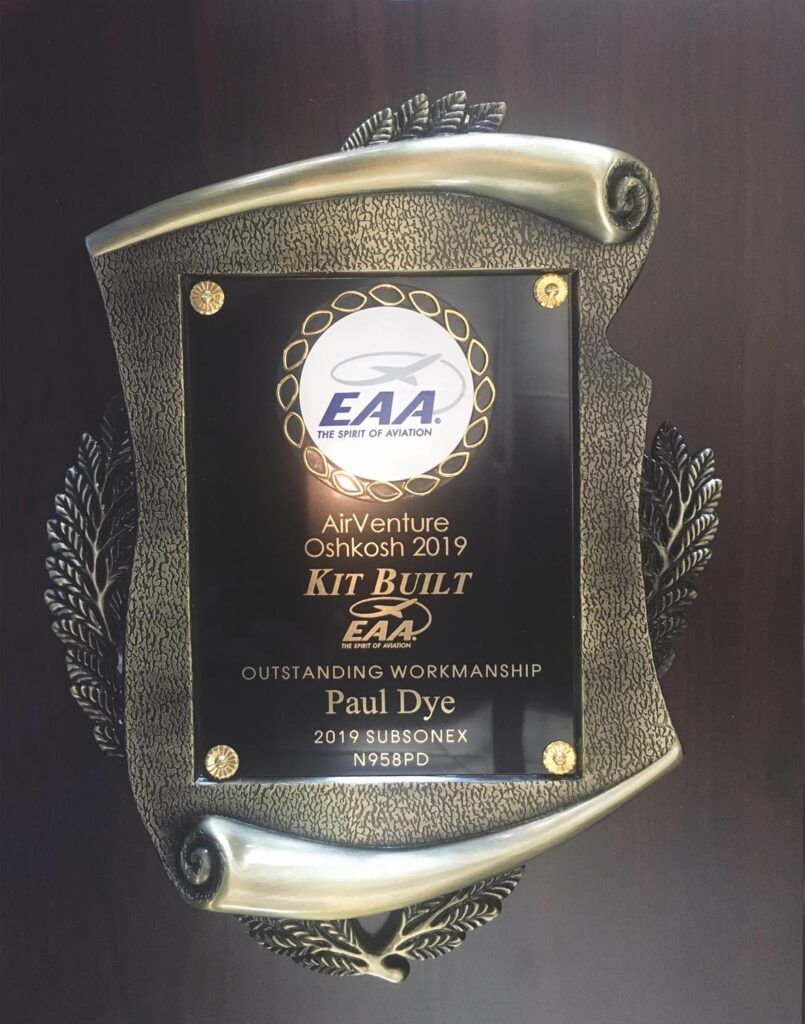
I mention Wyoming because it can be a long way between runways that meet my 5000-foot requirement as well as having that all-important (functioning!) Jet A pump. Roll in the facts of summertime weather in the Great Plains and you just know that thunderstorms will be popping up by noon, necessitating the use of alternates—and those can be few and far between. I had a flowchart on my kneeboard that showed alternative routes between usable fields, a chart that branched out as I moved farther along (both for the eastbound leg and the return). While I like to stay as close as I can to the great circle route, I had plans that took me as far south as southern Nebraska and as far north as North Dakota.
I ended up mostly on line, with only a moderate deviation up toward the Black Hills before overnighting behind a line of weather about two-thirds of the way across South Dakota. An early start the next morning only got me as far as southwestern Minnesota—around the convective stuff but stuck behind low ceilings that persisted until midafternoon. Why is that an issue? Because the SubSonex is VFR only. It doesn’t have IFR equipment because it doesn’t really have the electrical capacity or useful load to carry it. Plus, it doesn’t have the fuel to support real instrument flying.
I eventually arrived at AirVenture on Thursday before the big show, but the regular tower controller was beginning to crumble under the weight of the pre-show arrivals. “N958PD, sorry about that, I got you a little close—I need you to go around because the Cirrus ahead of you isn’t clearing the runway!” Hmmm…“OK tower, but I really need to land next time around based on minimum fuel!”
It was a good show, lots of people enjoyed the jet and it even took home an Outstanding Workmanship award. The return journey was again a two-day affair, with the jet sharing the big open hangar in Rawlins, Wyoming, with a few other overnighters. It’s a lot of up and down with the SubSonex—a typical 1+30 flight is 30 minutes of climb, 25 minutes in cruise and another half-hour in the descent and landing.
One other thing about cross-country flights: I can carry anything I need, so long as it fits in my flight suit pockets. That means that for more than an overnight trip, I need to plan for cargo transport—either another airplane along with me (which we did for the Oshkosh trip) or shipping stuff to my destination.
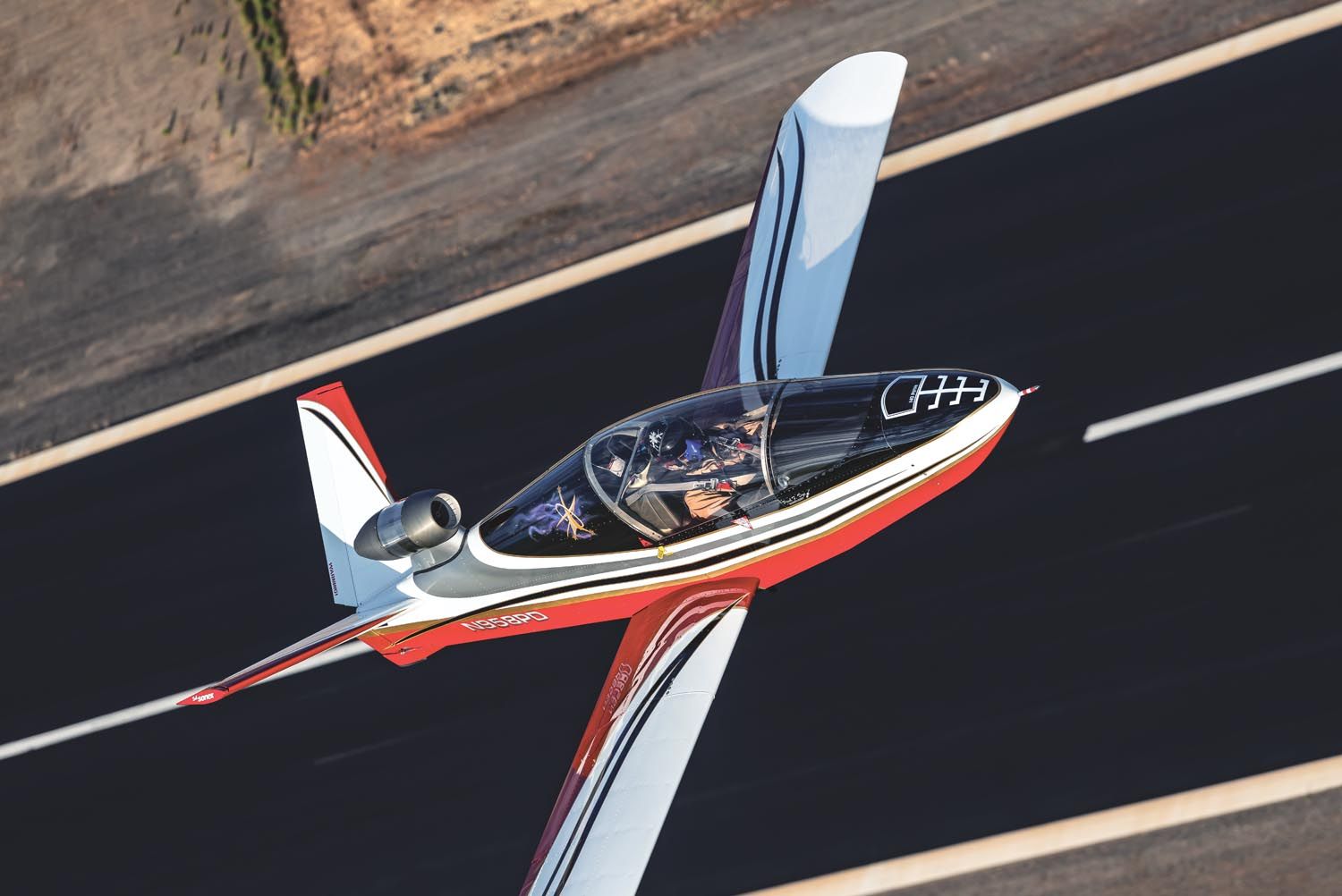
Engine Cycle Management
The first summer of flying ended with close to 80 hours on the airplane. I mentioned that I don’t like to fly it for less than half an hour and that’s because of the engine maintenance requirements. Let me explain. Turbine engines go through some pretty dramatic temperature cycles during every operation, with EGTs (which reflect the temperatures at the turbine blades) going from ambient to 1652° F (900° C) every time you light one off. Once an engine is running at normal temperature, it can run pretty much for as long as you keep feeding it fuel. It’s not the running, it’s the cycles that are tough on the hardware.
For this reason, inspections and overhauls are done on hours and/or cycles—a cycle being a start and a stop. For the PBS TJ-100, you have to have it factory inspected at 300 hours or 600 cycles (whichever comes first), then again at another 300/600. At a total of 900 hours or 1800 cycles it becomes a trophy for your mantle and you buy another one. In short, you don’t want to use up your cycles before the hours.
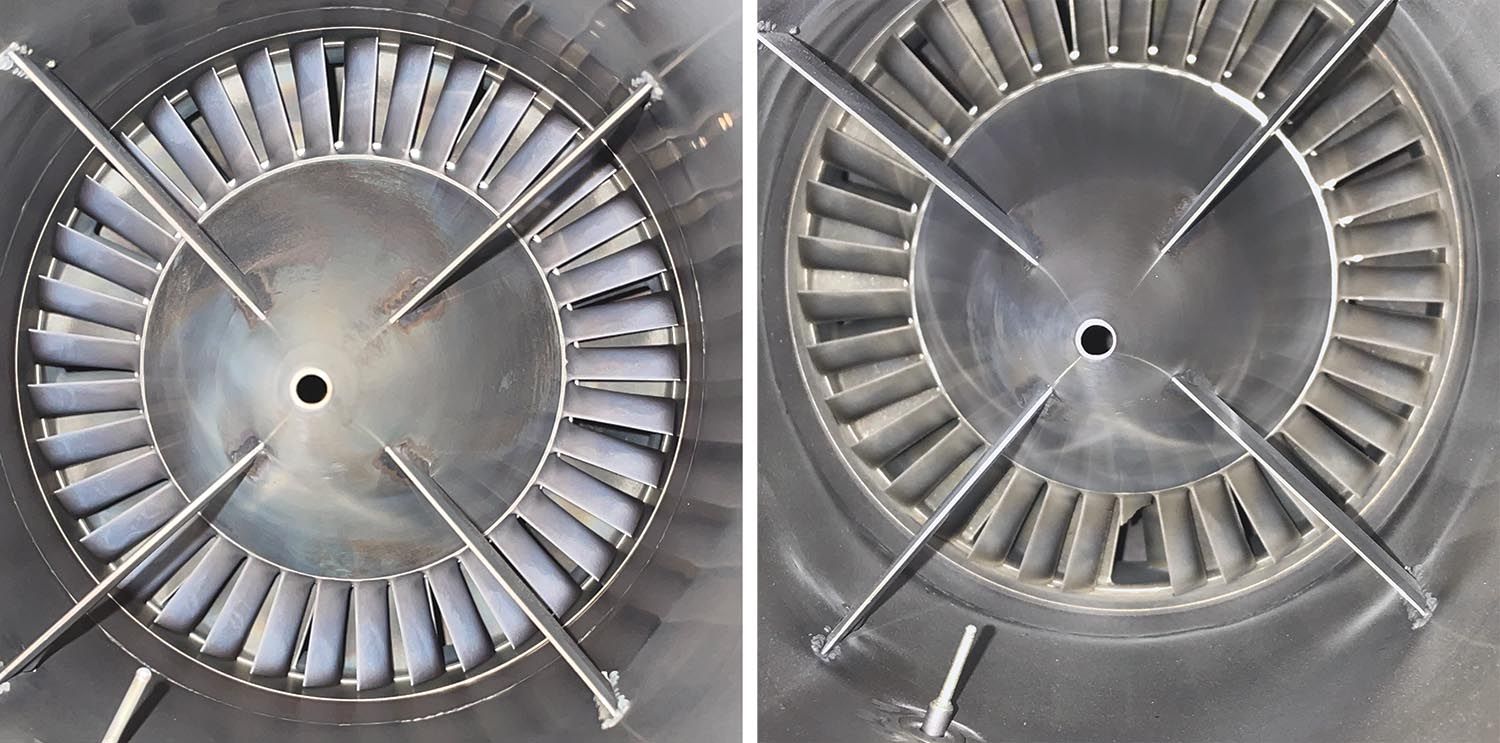
In fact, that first fall brought our first (and only) engine problem. With 87 hours on the Hobbs, I had taxied onto the runway and set the brakes to bring the power up. I advanced the throttle as always, with a pause at 90%, then went to full power before brake release. As I slid the throttle that last bit, the engine behind me let out a howl and a high-frequency vibration. Per procedure, I had the auto-shutdown switch in “inhibit” for takeoff, so I took it to “enable” and the computer immediately stop-cocked the fuel valve and shut things down. I climbed out, pushed the airplane clear of the runway and called a neighbor for help pushing it back to the barn. Sure enough, when I shined a light up the tailpipe, two-thirds of one turbine blade was missing (I later found it on the runway, about 20 feet behind where I was powering up).
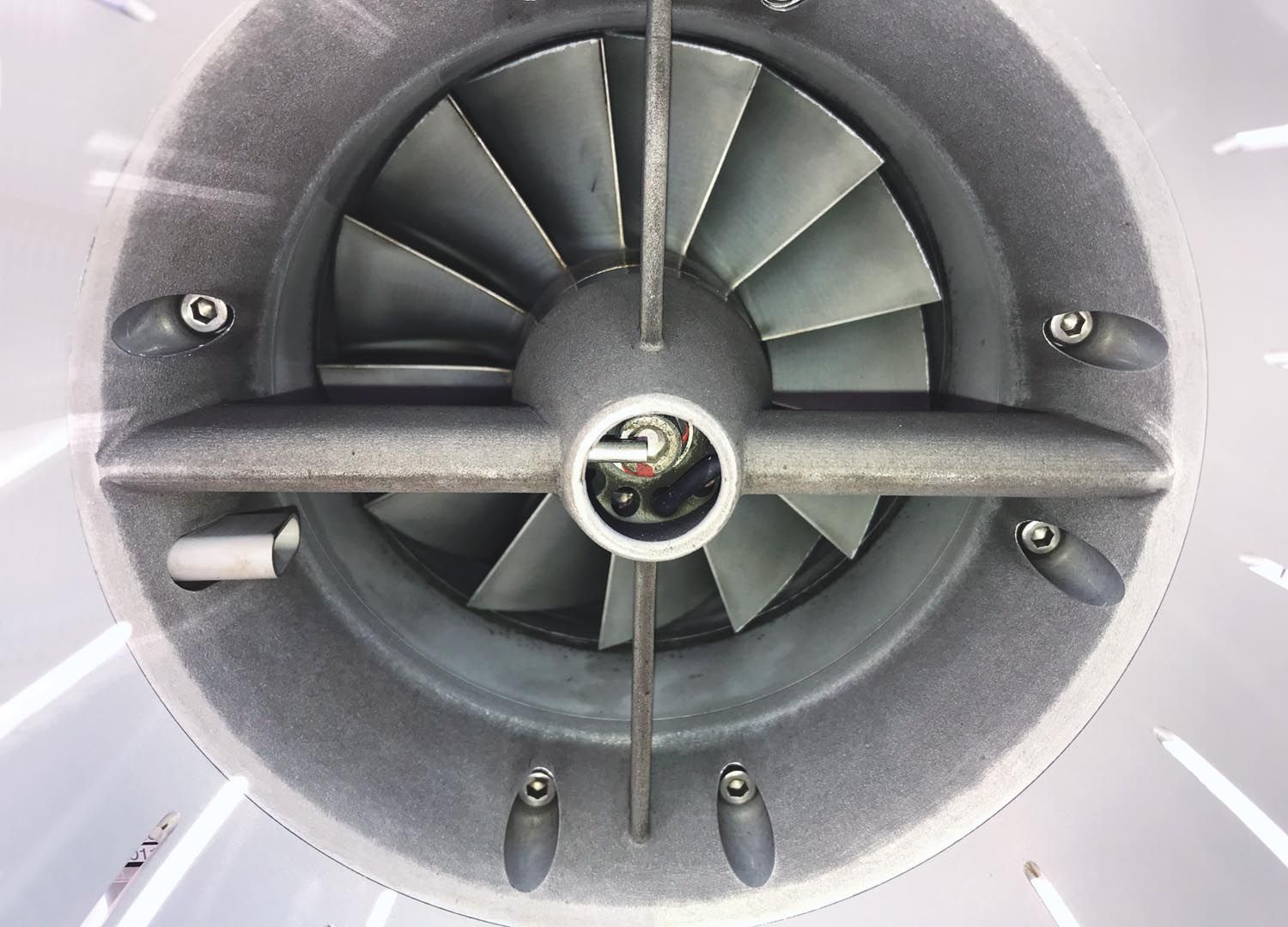
Fortunately, we were still well within the warranty period. My first phone call was to Sonex, since they were the dealer for the power package. They called me back in less than 3 hours with instructions on shipping it back to Prague. We pulled the beautiful European-made crate off the shelf, removed the engine in about 10 minutes, boxed it up and took it to FedEx the next morning. Six weeks later, the engine was ready to ship back to Nevada. But it hit the loading dock at the factory in the afternoon of the Friday before Christmas vacation was to start—and Europeans take their holidays seriously! It finally left Prague on January 10 and we were back flying again a week later.
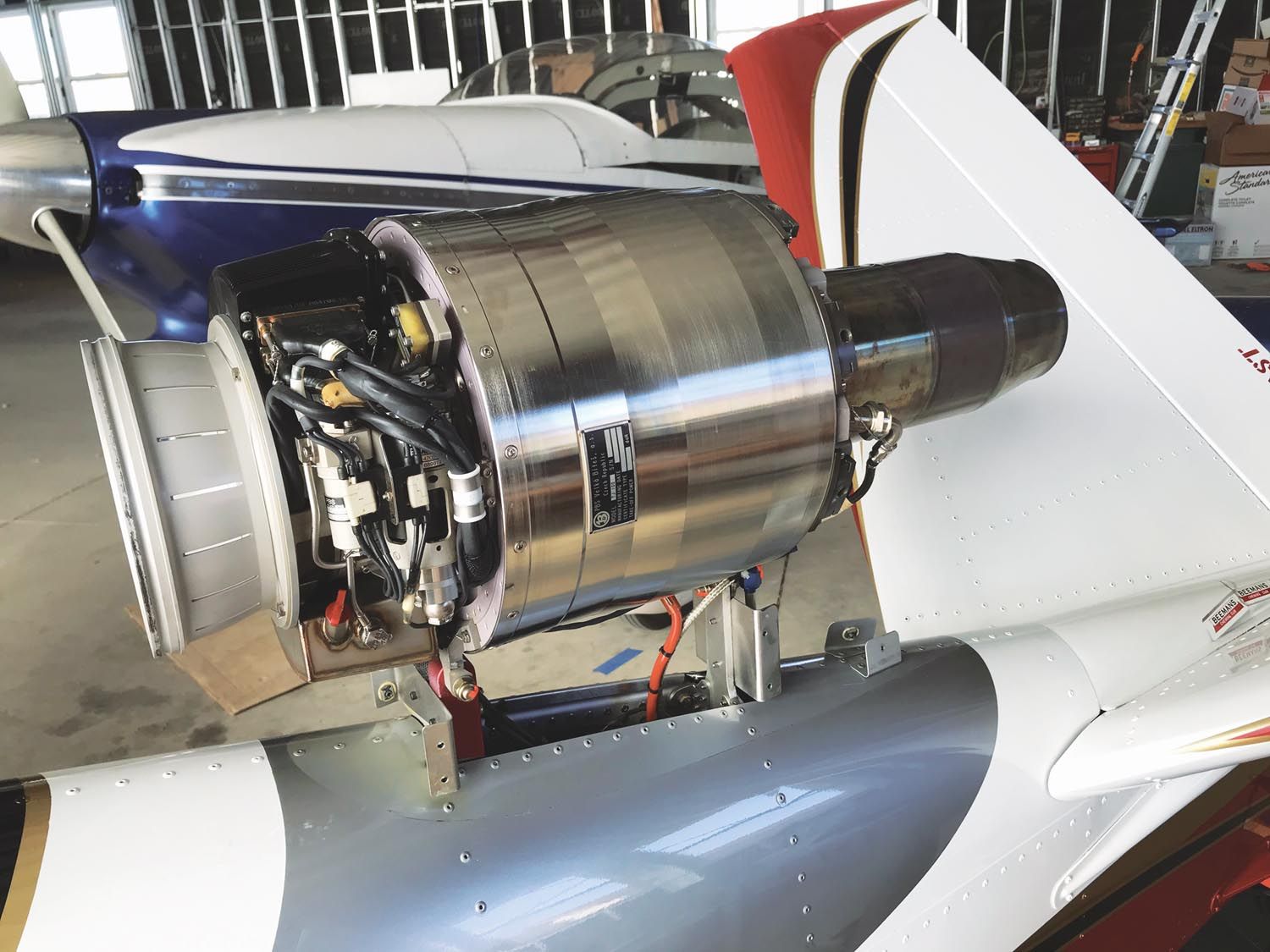
The result of this failure was a service bulletin for all operators to do a visual inspection of the turbine blades every 50 hours of operation. They recommend a borescope, but it turns out that you can stick an iPhone in there and take a marvelously detailed high-definition picture of the entire disk much more easily, then blow it up on your desktop computer and examine the blades down to the grain structure. We never got a definitive answer on what caused our blade failure, but I have an unproven hypothesis that the short cycles I had been regularly flying—a 45-minute local flight followed by a stop at my neighboring airport for fuel (with a 10-minute turnaround) followed by a 10-minute cycle to get home—could not have been kind to the metallurgy. So I decided to fetch fuel in a ground vehicle rather than fly the airplane over.
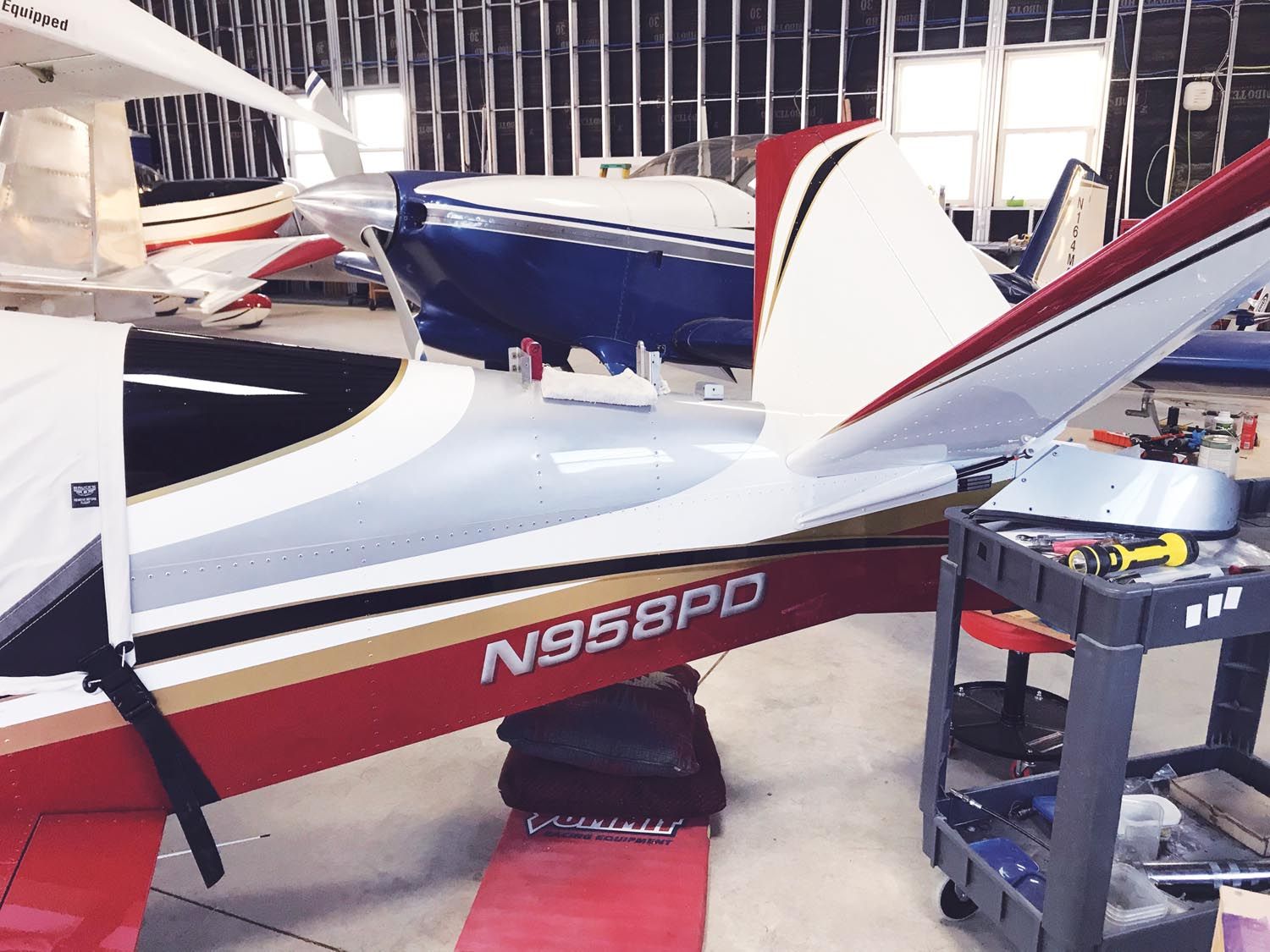
Fingers crossed. We’re close to 200 total hours total time and the motor is running great, with crack inspections showing clean blades. The nice thing is that the complete teardown and overhaul restarted the clock on the first 300-hour inspection! So what does the inspection cost? Well to be honest, I don’t know, since every penny of my rebuild (including shipping) was on PBS’s dime. I haven’t heard from anyone that has had a “routine” inspection—although I know of one SubSonex builder/pilot who sucked up a rock that dinged the turbine blades and spent something like $10K–$14K (foreign dollar conversions were involved, so I don’t know for sure) on the repairs. Is that a lot? I overhauled one of our Lycomings a couple of years ago; the only new major parts were cylinder assemblies and I spent something like $14K in the process. So it’s not like it takes Jeff Bezos money to support one of these things. But it’s not as cheap as a Sonex with an AeroVee, either.
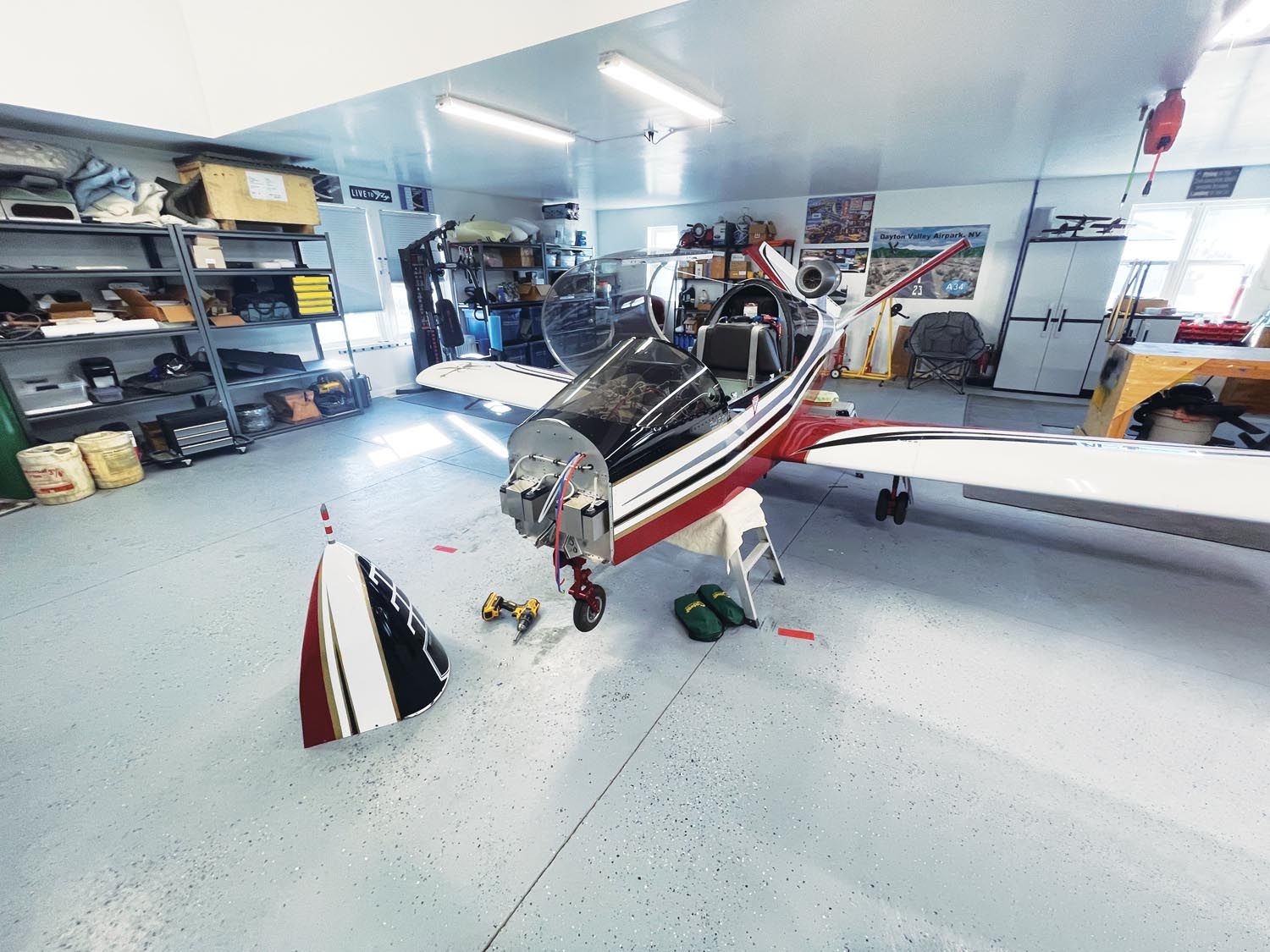
Maintaining the Little Beast
What about other maintenance? Well, there’s the good news. In four years and 200 hours, I have put on a set of tires—that’s five tires total—and, well, that’s pretty much it! I’m still on the first set of brake pads and they are almost as thick as they were when new. Oil changes are completely forgettable—you use 330cc of oil in a change and do it every 10 hours, so a quart of jet oil (which is cheaper, it turns out, than piston oil) lasts three changes, about a year. I replaced the batteries once—they are two hard-working AGM 12-volt batteries in series to give the motor the 24 volts it needs—with Panasonic-branded batteries from the local Batteries Plus for $60 each.
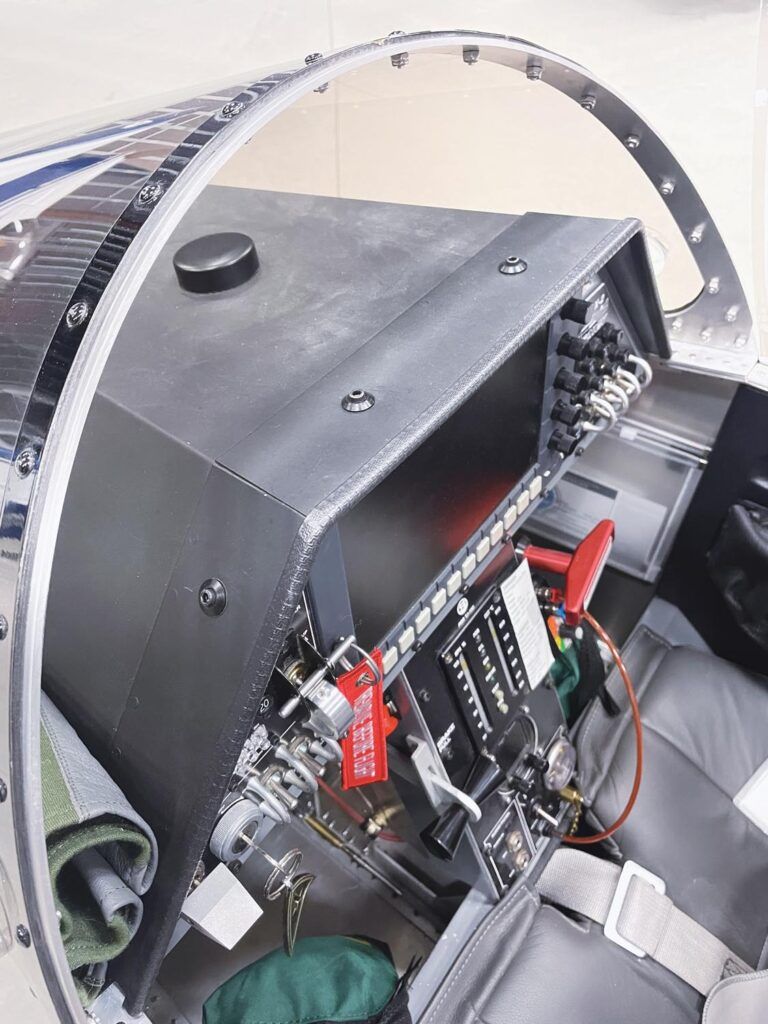
Because the SubSonex is a turbojet aircraft, not only do you need special training and certification to fly it, you also need to have an approved maintenance plan as part of the airworthiness package. The plan is easy to generate—you take the one that Sonex has as an example, change the serial numbers and N numbers on the bottom of the page and submit it to your FSDO or DAR when it is time for inspection. They’ll stamp it “approved” and it becomes part of the airplane’s paperwork. The maintenance plan is really simple—it lists things you need to do at various intervals. It’s almost like the checklist we all use for an annual condition inspection. The engine portion basically references the PBS manual, which is also simple—change the oil (and check the filter) every 10 hours and get the periodic inspections.
Fuel is your biggest operational cost—figure 20 gallons per hour and you’ll be pretty close, no matter what you’re doing with the airplane—cross-country, aerobatics or just tooling around the mountains looking at snow. Jet A seems to fluctuate—the first year or so, it was dirt-cheap at Carson City: $3.50 a gallon at the self-serve, a dollar more a gallon from the truck. Then COVID hit and Jet A went way up, where it hovered well above 100LL for a couple years—in the neighborhood of $6.00 per gallon. Then in early 2023, I went to fill my jugs up and it was back down to $3.50.
Oxygen is another consumable, especially since the SubSonex is much more efficient at altitude. I installed the optional Mountain High built-in system from the start and use it on pretty much every flight. I prefer a helmet and mask, which is fine because I also wear a flight suit on every flight—mostly because the 40 gallons of fuel is in the cockpit enclosure with me, along with the BRS rocket! I generally have to fill the oxygen bottle about every 10 flights. Because I live out west, at an airpark, I installed a three-bottle cascade system in my hangar and offer it to neighbors to fill their portable systems. Folks contribute to the O2 kitty as their conscience dictates and it really isn’t an expense item for me—once I spent about $400 on the manifold and fill stingers.
Insurance is another practical consideration—or maybe you’ll consider it impractical. Forget about hull coverage—it isn’t available. Liability is still a good idea and I have found that Avemco is the only bid I can get. Mine runs about $550 per year—and that is with lots of Experimental aircraft time in my logbook. And finally—is it “practical” to fly? Well…who cares? You’re flying a unique airplane that gets lots of stares and you can take it places if you’re willing to arrive with whatever fits in your flight suit pockets. There is little about personal aviation that is practical no matter which airplane you choose, if you really look at the dollars and cents. We do all of this because we love it; we love the feeling of flight and we love doing something unique—“practical” be damned.
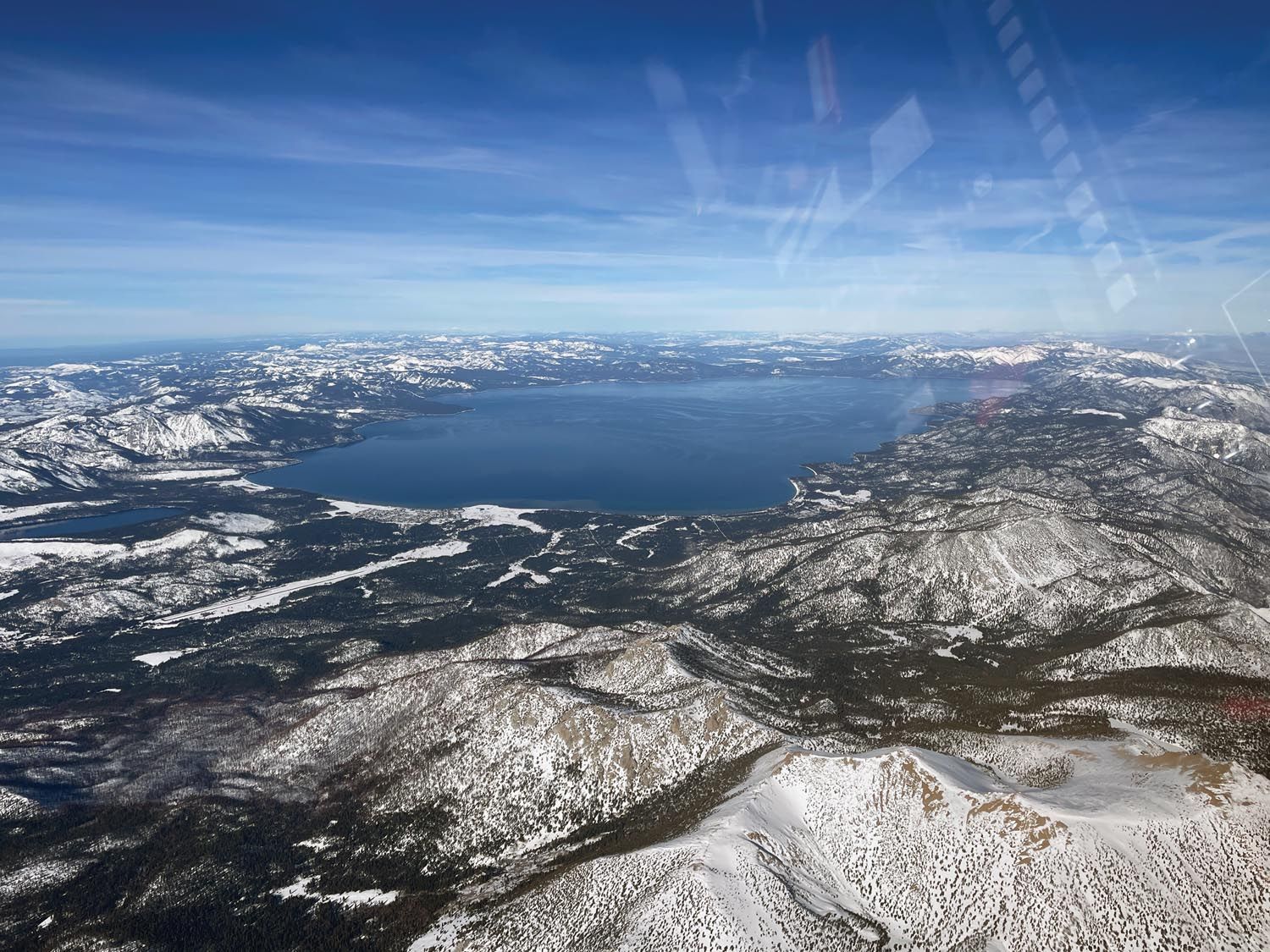
Fly It, Enjoy It
I’ve enjoyed owning the jet because it doesn’t take that much of my time—I can annual it in half a day since I keep up on its condition all the time (so there are no surprises). I fly it on nice days, taking it up to 17,500 feet and cruising over the mountains, enjoying the smooth cool air and the lack of concern for managing power. There are no CHTs or oil temps to observe and the computer does the rest. Point the airplane where you want it to go and set the thrust lever for fast or slow—that’s all there is to departure, even on a hot day.
In the end, the SubSonex is doing exactly what I wanted it to do—reliably and without excessive cost. What is it for? To have fun! Can I use it to travel? Well sure—as long as I have another airplane along to carry my luggage or I buy what I need when I get to my destination! The SubSonex is for enjoying the challenge and the “cachet” of having a jet.
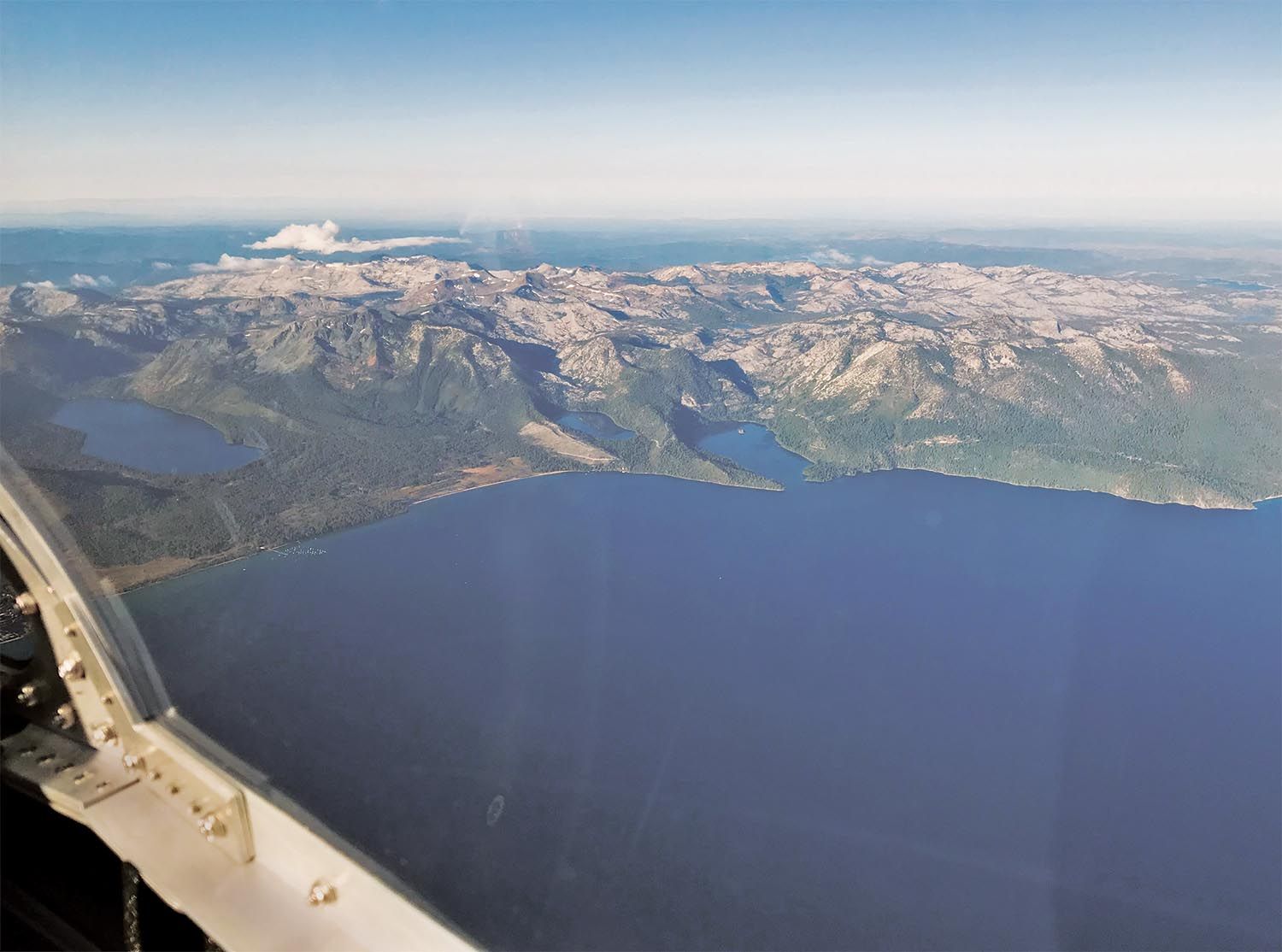
Photos: Richard VanderMeulen and Paul Dye.

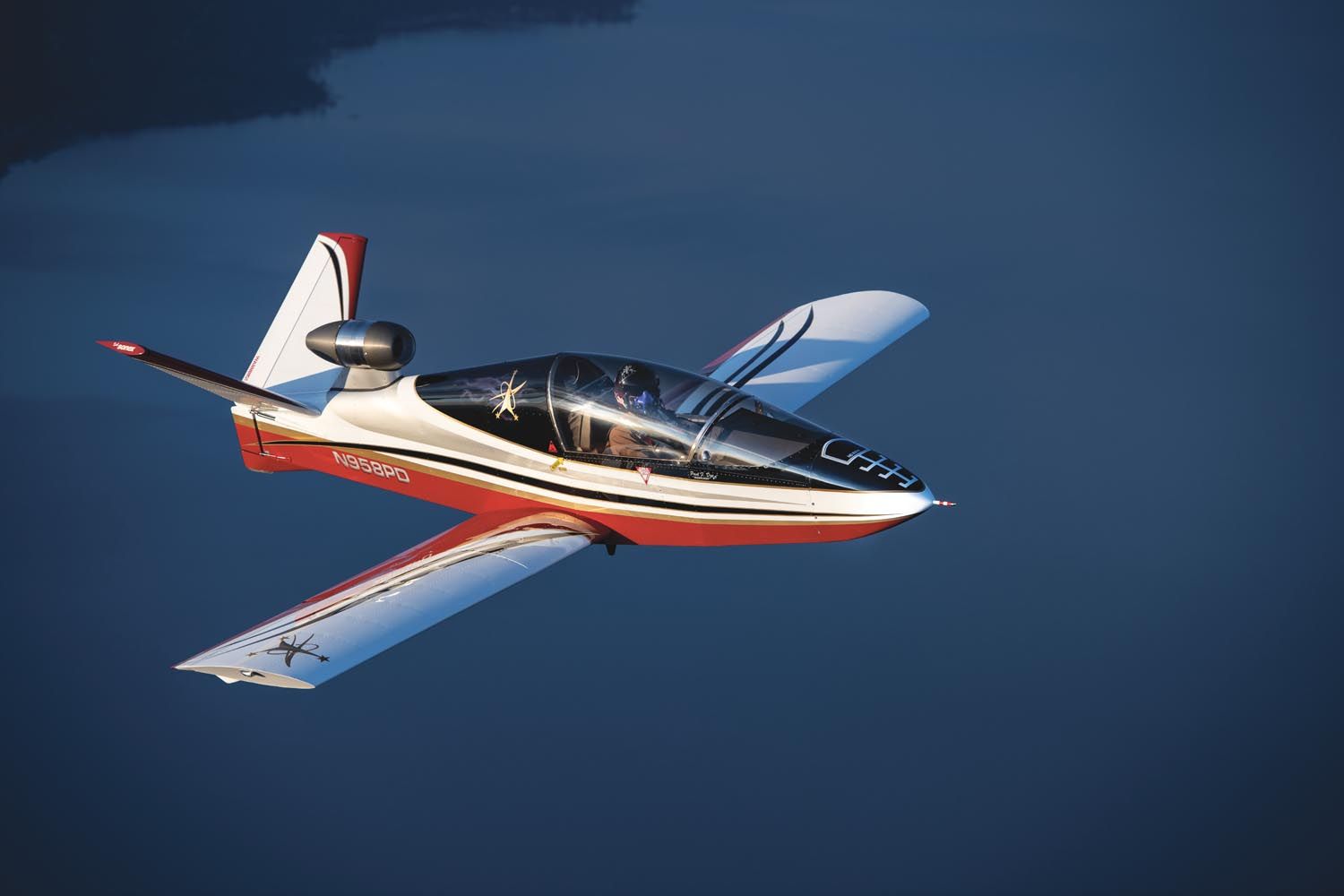
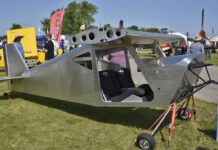
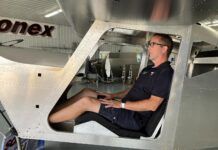

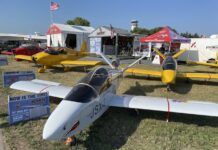
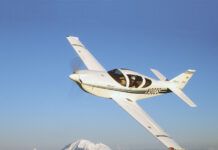



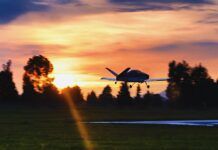
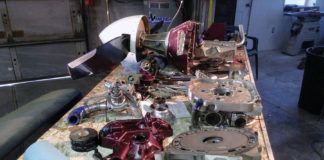

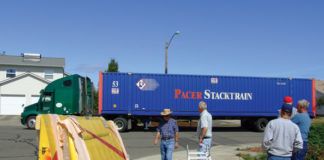
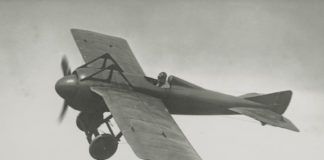
Just another very riveting article from the Master of Homebuilding!
See you on the green in a couple months Sir
Love the small jet! Is Sonex considering a larger two place jet with perhaps two turbines? I would like to see a twin engine two place jet with more range and some baggage space for more practical travels. Perhaps in the perhaps near 200 knot cruise range with at least double your present range or more. So perhaps holding 120 gallons of Jet A. Yes, it would be larger and with a longer wing, thus perhaps slower than yours. I flew in the military years back and like the idea of two engines. I have had one turbine fail. After owning a piston Twin Comanche, I flew it for many miles to an airport on one engine after the 15 hour overhauled engine failed. Prior,I flew a Bell Jet Ranger and ended up in a backyard after, yes, at 15 hours since overhaul. (The Allison suffered a bearing failure.) Anyway, I’m an A to B pilot in retirement and would like to see an easy to build practical cross country traveler with two turbine power plants. Hopefully these small turbines can become more efficient.
Today, I have a simple IFR equipped Piper Cherokee, Slow, and as a CFI, used to use it as a trainer. Yet, my wife seems to enjoy it ‘s ease of flying and it’s simplicity. (I would love to have a turboprop for that!) Anyway, I appreciate your report.
I love Paul Dye’s writing style. Really enjoyed reading this.